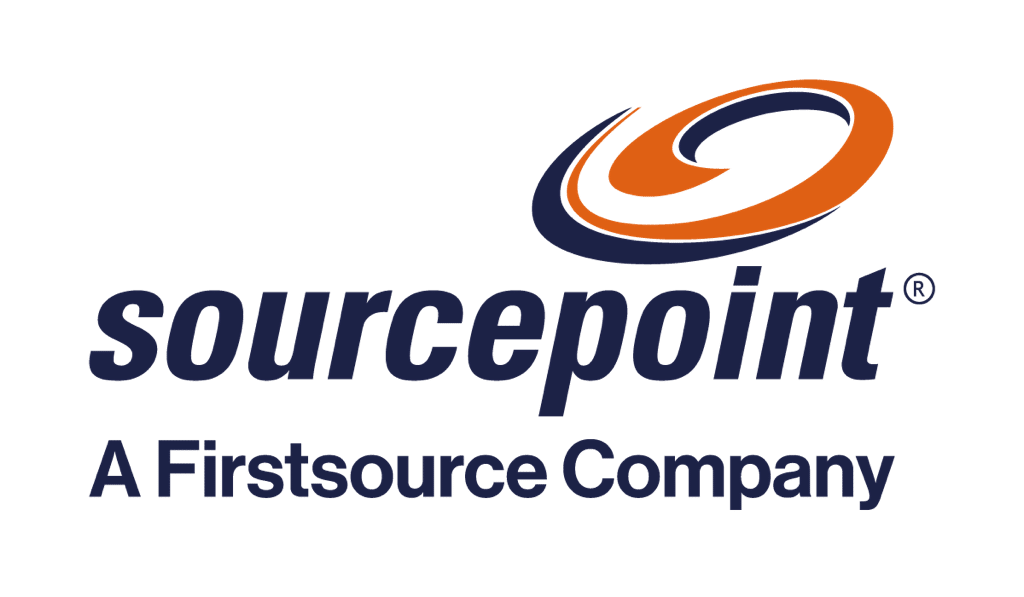How leading banks are turning dispute resolution into customer loyalty opportunities
The FTC reported that consumer fraud losses in the US reached $12.5 billion in 2024, marking a 25% increase from the previous year. But behind that staggering number are millions of individual stories, people like David, a small business owner who discovered unauthorized charges totaling $3,000 on his business credit card, or Maria, whose teenage daughter’s gaming purchases turned into a $800 shock on the family budget.
What happens next in these stories often determines whether a customer becomes a lifelong advocate or quietly closes their account. Traditional approaches treat these situations as loss mitigation exercises: how quickly can we write off the loss and move on? But forward-thinking institutions are discovering something powerful: disputes are not just financial events- they are trust events.
The Trust Test Banks Can’t Afford to Fail
Here’s what most banks miss: every dispute is a trust test. When customers are distressed about unauthorized charges or problematic transactions, they’re not just looking for their money back; they’re looking for someone to stand with them, fight for them, and restore their sense of security.
The mindset shift involves moving from asking “How do we minimize exposure?” to “How do we help our customer feel protected and valued while recovering legitimate funds?”
The Psychology of Chargeback Recovery
The most successful recovery strategies understand that behind every chargeback is a human story with emotional complexity. Research from the chargeback management industry reveals that roughly 60% of disputes filed by cardholders are likely invalid claims, a practice known as “friendly fraud.” But here’s the crucial insight: even invalid disputes often start with genuine customer confusion or frustration.
Consider these scenarios: A customer sees a charge they don’t recognize because the merchant name on their statement is completely different from the store name. A subscription they thought they had cancelled keeps charging them. A family member made a purchase that they forgot to mention. In each case, the customer isn’t trying to defraud anyone; they’re genuinely confused and turn to chargebacks as their solution.
This is where empathy-driven recovery strategies outperform purely technical approaches. When dispute resolution teams understand the human element, they can craft responses that address both the financial and emotional aspects of the situation. Instead of simply submitting evidence, they tell a story that helps everyone understand what really happened.
Studies on chargeback representment show that merchants who prioritize cases based on payment network timelines rather than traditional age-based reviews see significantly better recovery rates. Merchants typically contest only 25% of disputes they receive, winning approximately 50% of those they fight.
Why Timing Matters
Recovery rates drop dramatically as cases age, not just because of regulatory requirements, but because customer trust becomes harder to restore. When customers feel their concerns are addressed quickly and thoroughly, they’re more likely to accept the resolution and maintain their banking relationship.
But here’s the challenge: traditional dispute resolution processes, even with the best human intentions, struggle to deliver the speed and consistency that both regulatory requirements and customer expectations demand. Manual evidence gathering, case-by-case analysis, and lengthy review processes create bottlenecks that hurt both recovery rates and customer satisfaction.
This is where artificial intelligence transforms the entire equation, making it possible to combine empathetic, customer-focused approaches with the speed and accuracy that modern dispute resolution requires.
AI as the Great Equalizer
One of the most exciting developments in chargeback recovery is how AI is leveling the playing field between different-sized institutions and card networks. Previously, only the largest banks had the resources to mount sophisticated dispute responses with comprehensive evidence compilation and rapid response times. Now, AI-powered systems give community banks and mid-sized institutions the same capabilities.
Leading US banks are already demonstrating the power of AI-driven recovery strategies:
JPMorgan Chase operates one of the most extensive AI ecosystems in banking, with over 450 live projects spanning fraud detection, dispute analytics, and compliance workflows. Their AI-powered dispute management system analyzes transaction patterns and customer behavior to identify legitimate disputes early, significantly improving their recovery rates while maintaining customer satisfaction.
Citibank employs real-time anomaly screening as part of their broader AI strategy, applying machine learning to flag questionable transactions early and reduce dispute volume before chargebacks occur. This proactive approach has helped them maintain some of the industry’s lowest dispute rates.
Bank of America and its merchant partners rely on AI-powered systems that automatically gather all relevant documentation and submit it swiftly, helping them lead the market in chargeback recovery. Their hybrid approach emphasizes human oversight and accountability in their AI rollout, ensuring that systems like Erica and their generative AI tools augment rather than replace human judgment in complex dispute scenarios.
Modern AI understands context, not just data points. It can analyze transaction patterns, merchant behavior, and customer history to build compelling cases for recovery. More importantly, it can identify which disputes are worth fighting and which should be resolved through other means.
Here’s how AI transforms the recovery process:
1. AI-Driven Dispute Triage and Automation: Machine learning analyzes historical dispute patterns to classify disputes by legitimacy (fraud vs. merchant error), improving representment success rates by 35-50% and reducing manual review time by 70%. The system prioritizes high-win-probability cases while automatically compiling evidence from integrated systems like CRM and logistics platforms.
2. Faster Response Times That Preserve Customer Relationships: AI-powered systems can generate and submit responses within 24 hours of receiving a dispute, demonstrating to customers that their concerns are taken seriously. Industry data shows this approach leads to 15% faster resolution timelines and 20% lower operational costs for issuers.
3. Pattern Recognition and Proactive Engagement: AI identifies trends that humans might miss—merchant data breaches, seasonal fraud patterns, or systematic friendly fraud from specific customer segments. Issuers using SMS/email alerts for unrecognized transactions have cut first-party fraud by 25%, with a 30% reduction in chargeback filings and 15% higher customer retention rates.
The human oversight layer remains critical, following the hybrid model approach pioneered by institutions like Bank of America. AI excels at data analysis and evidence compilation, but relationship banking requires human judgment. The most successful implementations combine AI’s analytical power with human empathy and decision-making expertise, ensuring that technology augments rather than replaces human insight in complex customer situations.
4. Building Your Recovery Strategy: Creating an effective AI-enhanced recovery strategy starts with understanding your current performance through a customer impact lens. Traditional metrics focus on dollars recovered, but customer-centric institutions track relationship preservation alongside financial recovery.
5. Framework for Evaluating Current Recovery Rates: Begin by analyzing your current dispute resolution process from end to end. What percentage of disputes do you actively contest? Of those contested, what’s your win rate? More importantly, what’s your customer retention rate for disputed cases, regardless of outcome?
Current industry challenges include significant data silos, with 64% of issuers citing fragmented data as the top barrier to recovery efficiency. Additionally, first-party fraud (which represents 65% of disputes) is 30% harder to contest due to ambiguous evidence, while regulatory complexity causes 22% of representment failures due to inconsistent deadlines across card networks.
However, institutions implementing strategic recovery programs see dramatic improvements. AI-driven dispute triage and automation can improve win rates by 35-50%, while legacy system modernization decreases processing errors by 40% and reduces association penalties by 60%. The ROI is compelling: for every $1 invested in modernization, issuers save $3.50 in operational costs.
6. Technology Selection Criteria That Prioritize Customer Experience: When evaluating AI-powered dispute management solutions, look for systems that enhance rather than replace human judgment. The best platforms provide decision support tools that help agents understand case complexity and customer impact, not just financial exposure.
Key features to prioritize include:
- Real-time case prioritization based on customer relationship value and win probability
- Automated evidence compilation with human review capability
- Customer communication templates that maintain empathy and clarity
- API integrations for real-time data flow and automated reason-code assignment
- Comprehensive reporting that tracks both financial and relationship outcomes
- Proactive cardholder engagement tools, including instant dispute buttons in mobile banking apps and pre-chargeback mediation channels
- Implementing hybrid models that combine AI efficiency with human oversight, following best practices from institutions that have successfully integrated technology while maintaining customer-centric approaches
7. Strategic Arbitration Management: Implement arbitration avoidance protocols by limiting arbitration to high-value disputes (typically >$5,000) and accepting losses below this threshold. This approach can reduce costs by 80%, as arbitration fees ($500-$900 per case) and low win rates (<10%) make small-claim contests economically unviable.
8.Training Programs That Help Teams See Recovery as Customer Service: The most critical success factor is helping dispute resolution teams understand that chargeback recovery is fundamentally about customer advocacy. When agents view themselves as customer champions fighting for fair resolution, their approach and results improve dramatically.
Effective training programs focus on:
- Understanding the emotional impact of fraud and disputes on customers
- Developing empathetic communication skills for difficult conversations
- Learning to tell compelling stories in dispute responses
- Balancing financial recovery with relationship preservation
Measuring Success: Beyond the Bottom Line
The most sophisticated recovery programs track holistic success metrics that go beyond dollars recovered. While financial performance remains important, relationship preservation and employee satisfaction are equally crucial indicators of long-term success.
Recovery Rates + Customer Satisfaction + Employee Satisfaction: Leading institutions track all three metrics together. A high recovery rate that damages customer relationships or burns out employees isn’t sustainable. Conversely, excellent customer service combined with effective recovery of legitimate funds creates the optimal outcome for both customers and institutions.
Long-term Relationship Value vs. Short-term Recovery Gains: The lifetime value of a retained customer is substantial, which is why the most successful institutions approach recovery in ways that strengthen rather than strain customer relationships. This doesn’t mean abandoning legitimate recovery efforts but rather approaching them in ways that strengthen rather than strain customer relationships.
Successful recovery programs regularly survey customers who have been through the dispute process, regardless of outcome. Questions focus on whether customers felt heard, supported, and fairly treated throughout the process. These insights drive continuous improvement in both technology and human elements of the recovery process.
The banks that master AI-powered chargeback recovery don’t just improve their bottom line; they transform dispute resolution from a cost center into a customer loyalty engine. While competitors view disputes as problems to be minimized, these institutions see them as opportunities to demonstrate their commitment to customer protection and advocacy.
Ready to turn your dispute resolution challenges into customer loyalty opportunities? Contact FirstSource to learn how our AI-powered recovery solutions can help you win back revenue while strengthening customer relationships.
Blog Authors: Sreenath Ramakrishnan, Senior Vice President- BFSI Solutions & Capabilities and Joseph Pinipe, Vice President cards chargebacks | Fraud Detection Expert
Sources
- FTC: “Consumer Fraud Losses in the US Reached $12.5 Billion in 2024”
- Versapay: “Dispute Management KPIs For Your Chargeback Strategy”
- Chargebacks911: “Chargeback Remediation & Loss Recovery”
- Signifyd: “Chargeback Recovery: Automated Dispute Management” (2025)
- Mastercard: “What is a Chargeback?” (2024)
- Chargeflow: “Understanding Chargeback Management in 2025”
- Future Master: “JPMorgan Chase’s Gen AI Revolution: 450 Use Cases and What the Banking World Can Learn”
- Quantix: “Citibank Fraud Protection Services for Debit Cards”
- Bank of America: “Chargeback Prevention Business Solutions”





